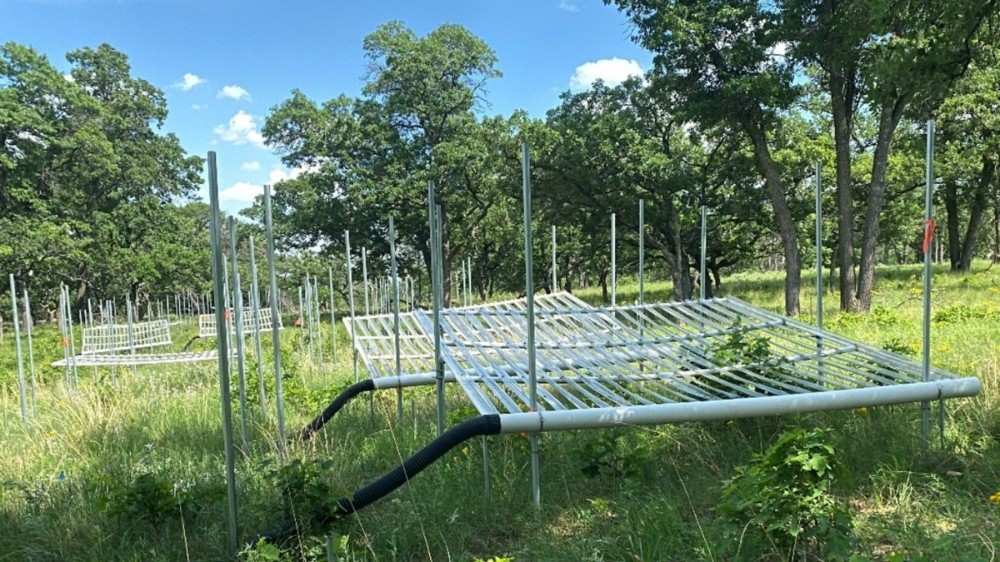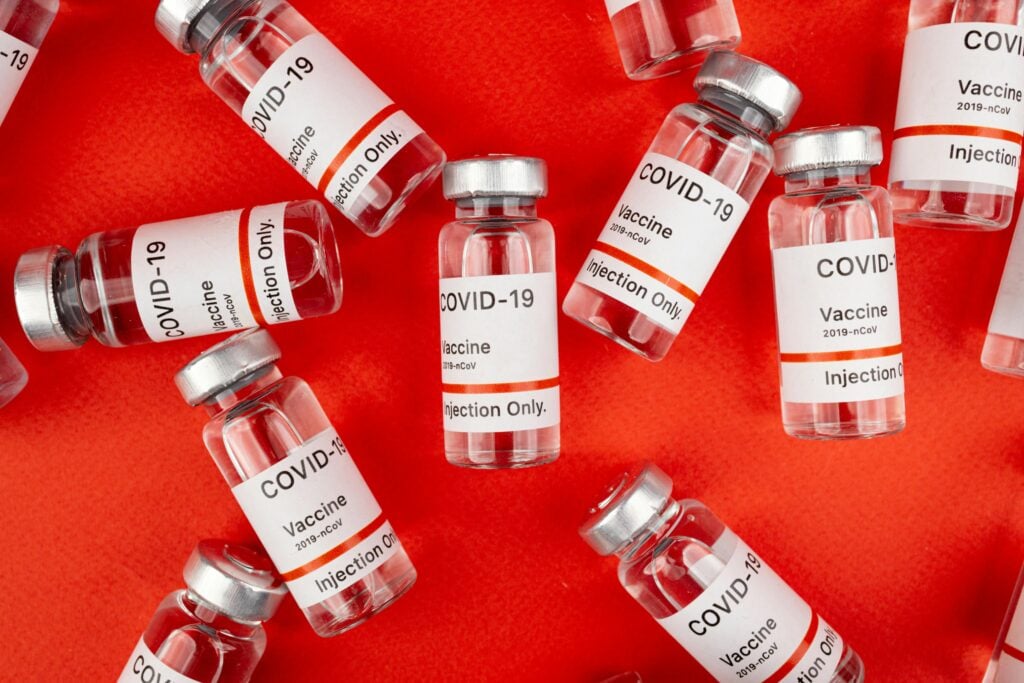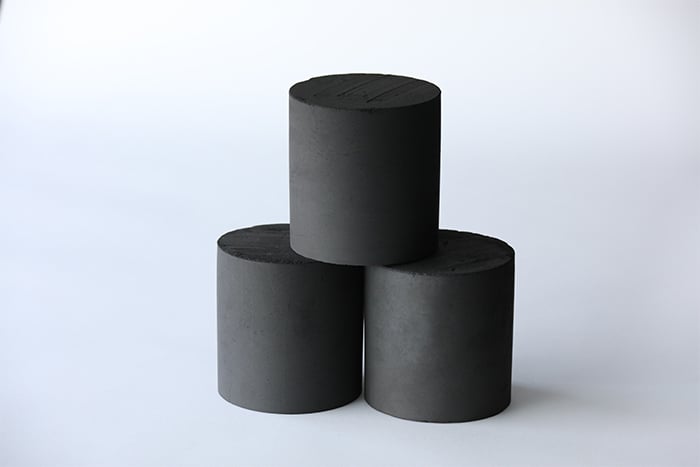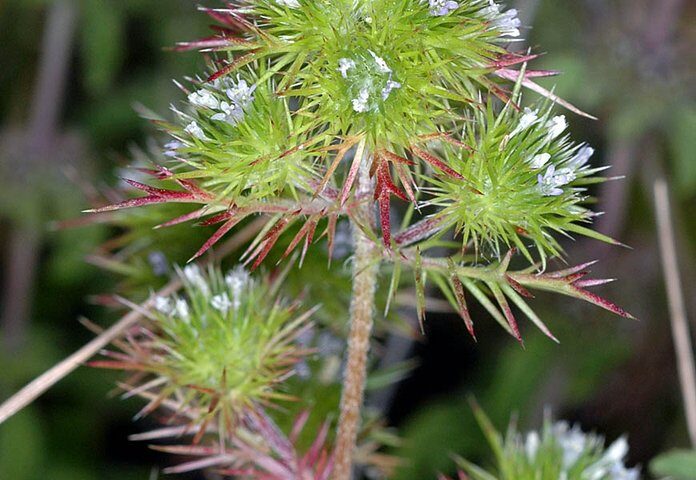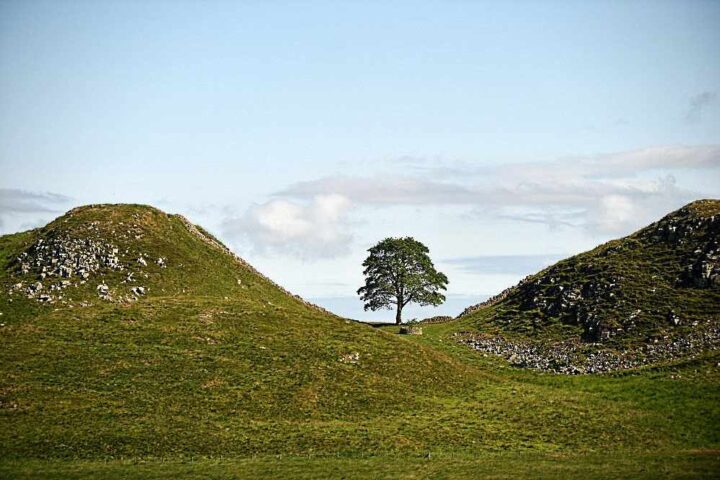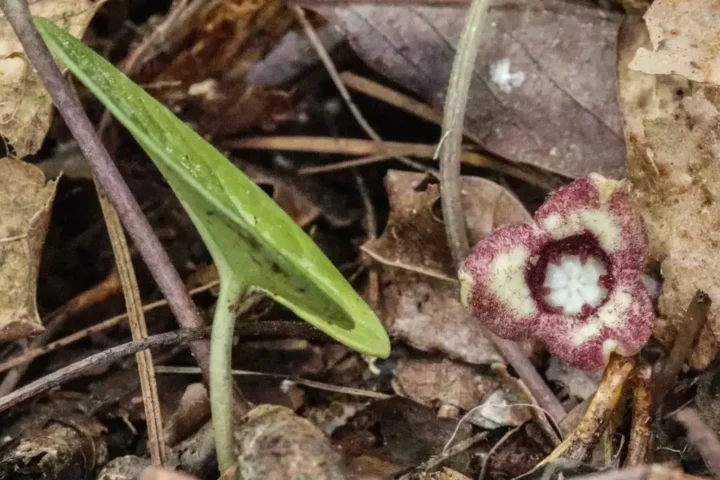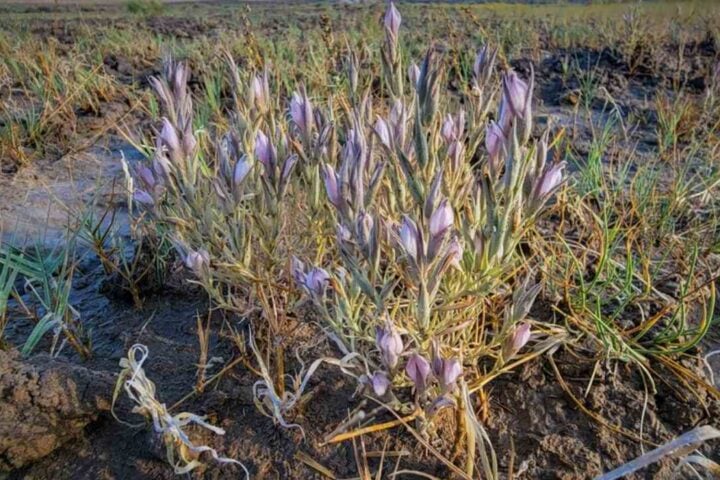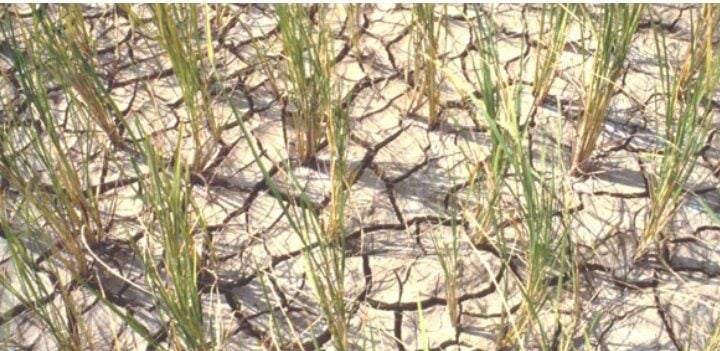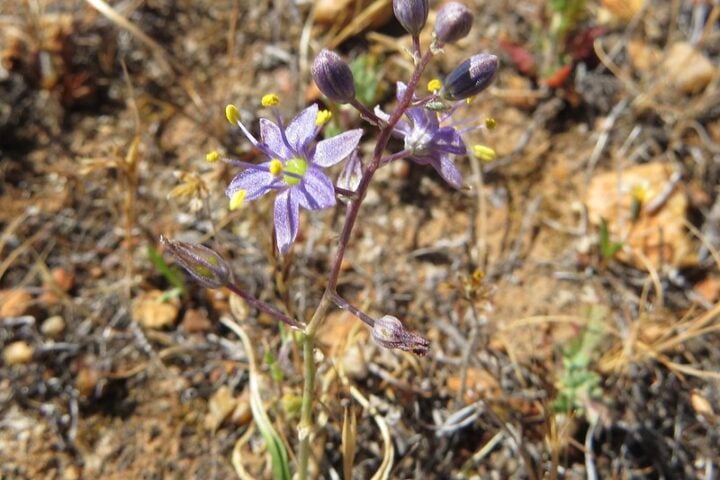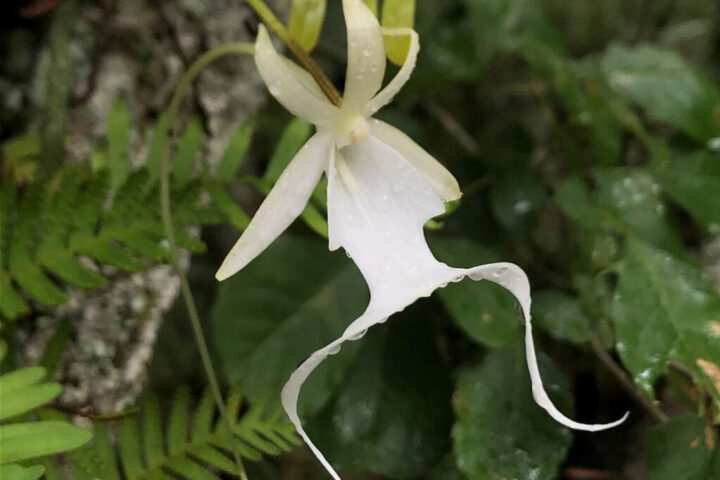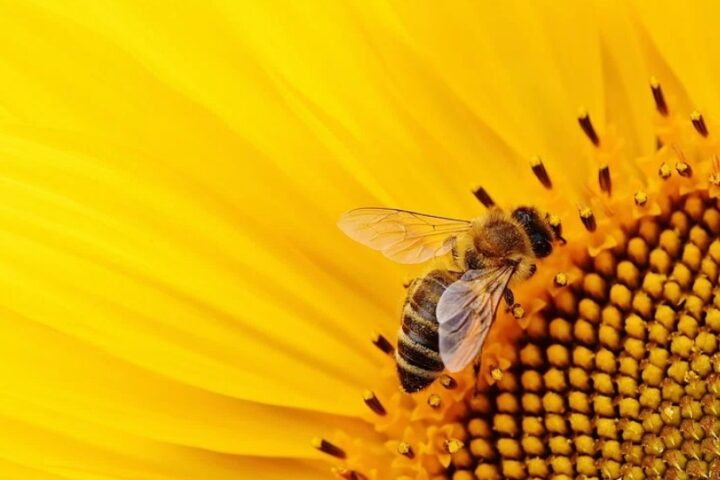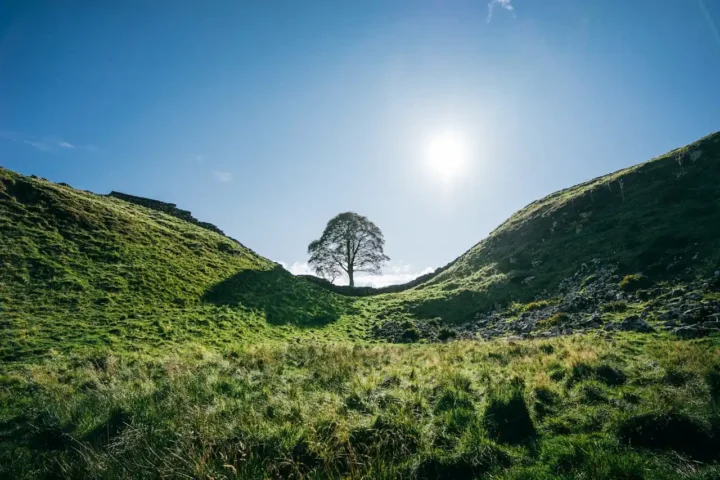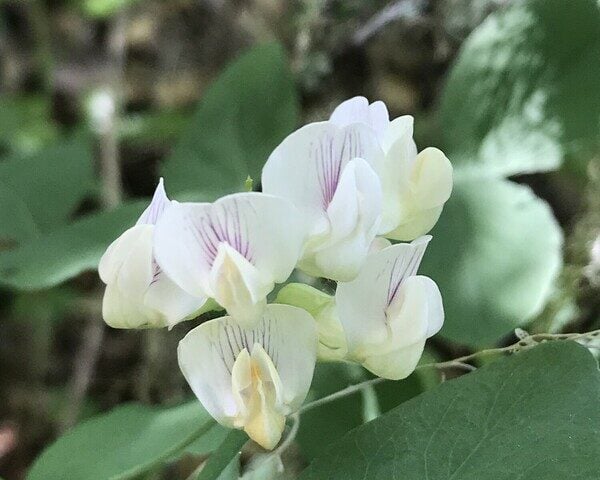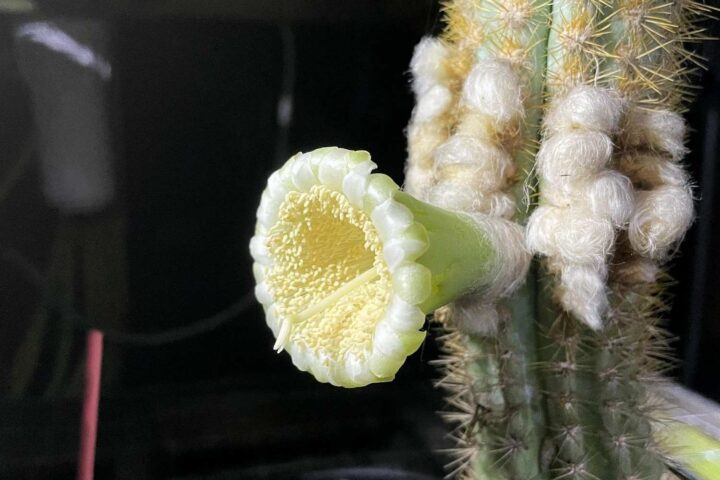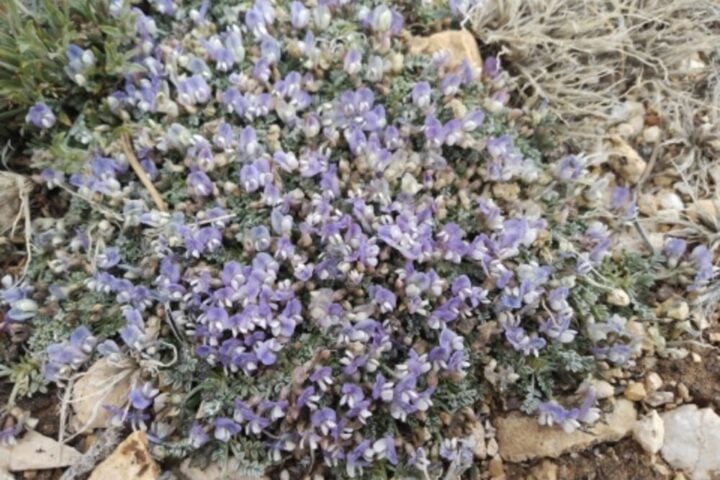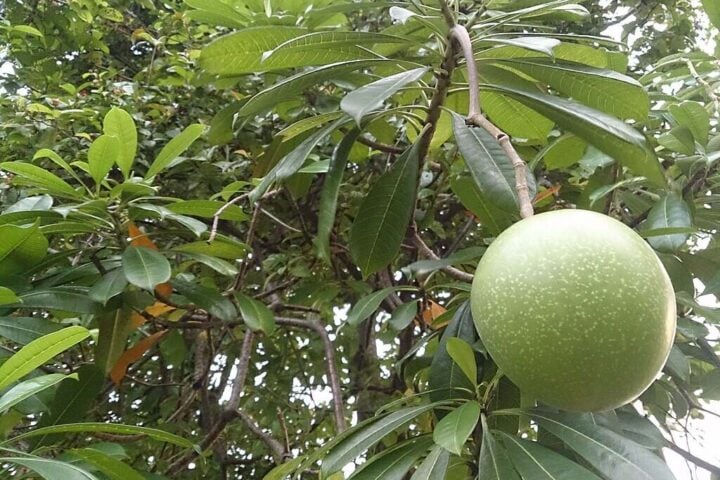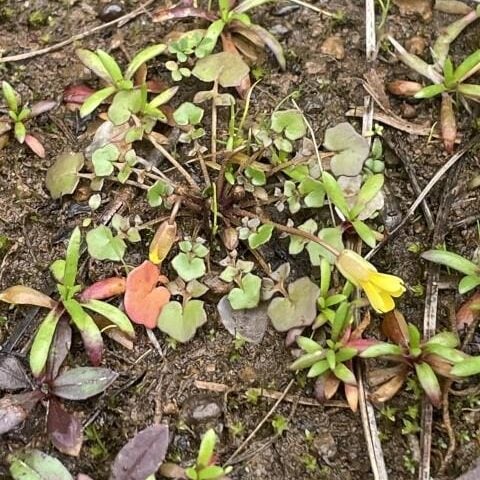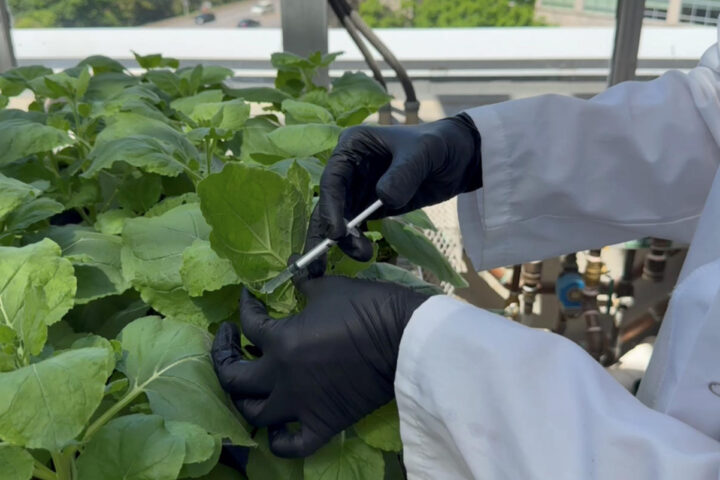Fertilizer does more than make plants grow bigger. It can also help them survive drought, according to new research spanning 26 grassland sites across nine countries. The study shows that while drought typically reduces plant growth by 19%, adding fertilizer can offset this damage completely.
“The really big takeaway is that adding nutrients can offset the impact of drought, and this is really true in areas that are already pretty dry,” said Amber Churchill, assistant professor of ecosystem science at Binghamton University and co-author of the study.
Scientists measured how grasslands respond when hit with both drought and added nutrients. They found that fertilizer alone increased plant growth by 24%. When combined with drought conditions, the plants showed no net loss in growth compared to normal conditions.
This finding challenges a common assumption that plants in dry areas wouldn’t benefit from extra nutrients because water shortage is their main problem. The study discovered the opposite – plants in drier locations actually responded better to added nutrients even during drought.
The research has potential implications for agriculture and food systems worldwide as climate change increases drought frequency. Grasslands support livestock and pastoralism on all inhabited continents, making their resilience crucial for food production.
The fertilizers used contained nitrogen, phosphorus, and potassium – essential nutrients all plants need – plus a one-time addition of various micronutrients. Grasses in particular were able to take advantage of these added nutrients despite drought conditions.
Similar Posts
Churchill and her team are now implementing similar experiments at Binghamton University’s 75-acre “open-air lab” called Nuthatch Hollow as part of a new project called the Pasture and Lawn Enhanced Diversity Global-change Experiment (PLEDGE).
Despite the promising results, Churchill cautions that fertilizer isn’t a perfect long-term solution to drought problems.
“In a forage production system where you need to offset the effects of drought, adding fertilizer will remove that effective drought,” Churchill said. “That’s a great benefit, but that costs a lot of money. So there’s a tradeoff there.”
Environmental concerns also exist with extensive fertilizer use, including potential water pollution from runoff and impacts on soil health over time.
For sustainable long-term drought resilience, Churchill suggests plant diversity might be more important than fertilizer. More diverse plant communities might better withstand environmental stress because different species respond differently to drought.
“We have a prediction that as you have more species, one of those species is more likely to withstand the drought,” Churchill explained. “And so the idea is you’ll have more stable biomass over the long term if you have more species present.”

The study, titled “Aridity modulates grassland biomass responses to combined drought and nutrient addition,” was published in Nature Ecology & Evolution. It provides valuable insights for developing climate adaptation strategies and sustainable ecosystem management as droughts become more common worldwide.
